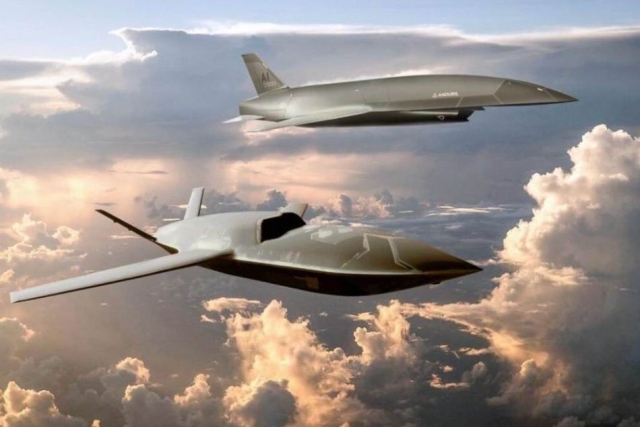DARPA Wants To Robotic Servicing For Military And Commercial Satellites
The Defense Advanced Research Projects Agency (DARPA) is asking the space community to submit ideas to enable a flight demonstration in the next five years and an innovative public-private partnership to jumpstart a new industry.
An increasing number of expensive, mission-critical satellites are launched every year into geostationary Earth orbit (GEO), approximately 22,000 miles (36,000 kilometers) above the Earth. Unlike objects in low Earth orbit (LEO), such as the Hubble Space Telescope, satellites in GEO are essentially unreachable with current technology, DARPA said in a statement.
As a result, these satellites are designed to operate without any upgrades or repairs for their entire lifespan—a methodology that demands increased size, complexity and cost. The ability to safely and cooperatively interact with satellites in GEO would immediately revolutionize military and commercial space operations alike, lowering satellite construction and deployment costs and improving satellite lifespan, resilience and reliability.
To expedite these potential benefits, DARPA is considering a flight demonstration to introduce DARPA-developed space robotics capabilities in GEO within the next five years. Because the majority of satellites in GEO are commercially owned, DARPA is particularly interested in establishing a public-private partnership that would make cooperative robotic servicing available to both military and commercial GEO satellite owners on a fee-for-service basis. The partnership would help develop near-term technical capabilities and significantly contribute toward the creation of a sustainable, commercially owned-and-operated space robotics enterprise. DARPA has issued a Request for Information (RFI) (http://go.usa.gov/yBdJ) seeking technical, security and business insights to support the agency’s pursuit of these goals.
“We’re asking the space community to think hard about how they want the future of space operations to look and how GEO robotics could help,” said Gordon Roesler, DARPA program manager. “Their insights are essential as we take the first concrete steps toward viable satellite-servicing capabilities in GEO. If we’re successful, we will significantly accelerate development of a capacity to maximize the utility of current space infrastructure and enhance the capabilities of future systems.”
The RFI invites input in two primary areas:
1. Technical characteristics for a robotic servicer that would integrate DARPA-developed space robotics technologies into commercially available spacecraft designed for GEO. Building on DARPA’s Phoenix program and more than a decade of the agency’s other investments in space robotics, the jointly developed GEO robotic servicer would support a variety of multi-year on-orbit missions.
2. Business arrangements and practices that would best facilitate a commercial spacecraft servicing enterprise that is long-lived and self-sustaining, and would achieve the greatest value for U.S. national and economic security. DARPA envisions that a non-traditional acquisition instrument may be appropriate to establish this partnership. DARPA wishes to consider creative solutions in this domain and thus desires industry input for structuring the commercial partnership solicitation.
“Creating a public-private partnership is an innovative way to ensure that GEO robotic servicing gets community buy-in to succeed long term,” Roesler said. Moreover, he said, a public-private partnership would support the White House’s National Security Space Strategy of 2011, which states, “Strategic partnerships with commercial firms will be pursued in areas that both stabilize costs and improve the resilience of space architectures on which we rely.”









